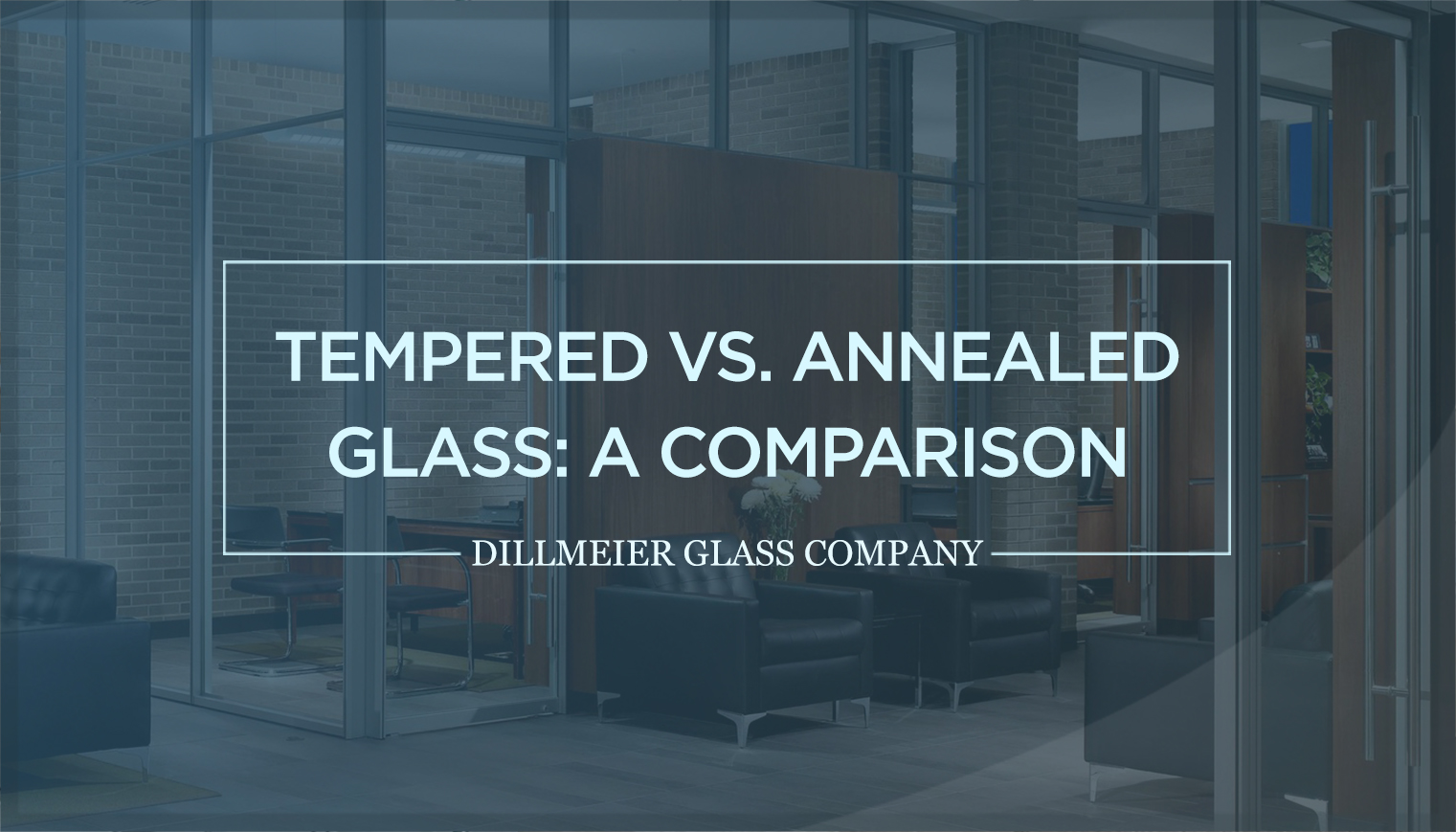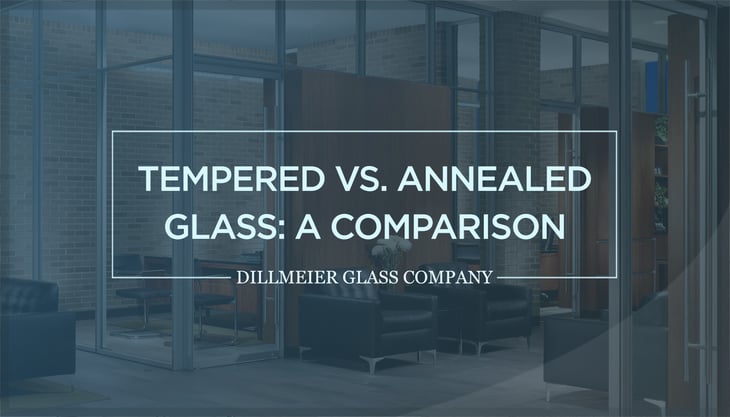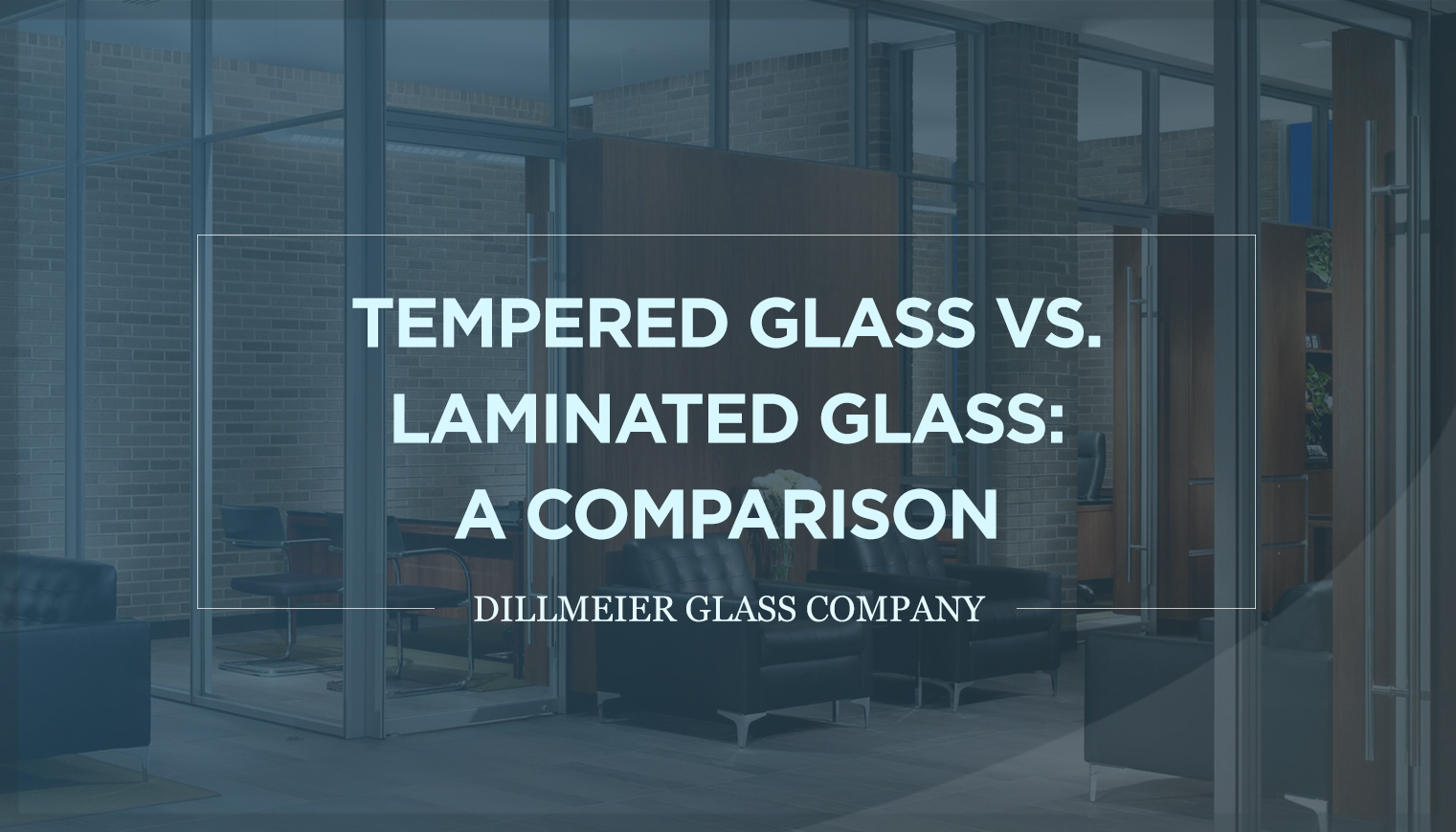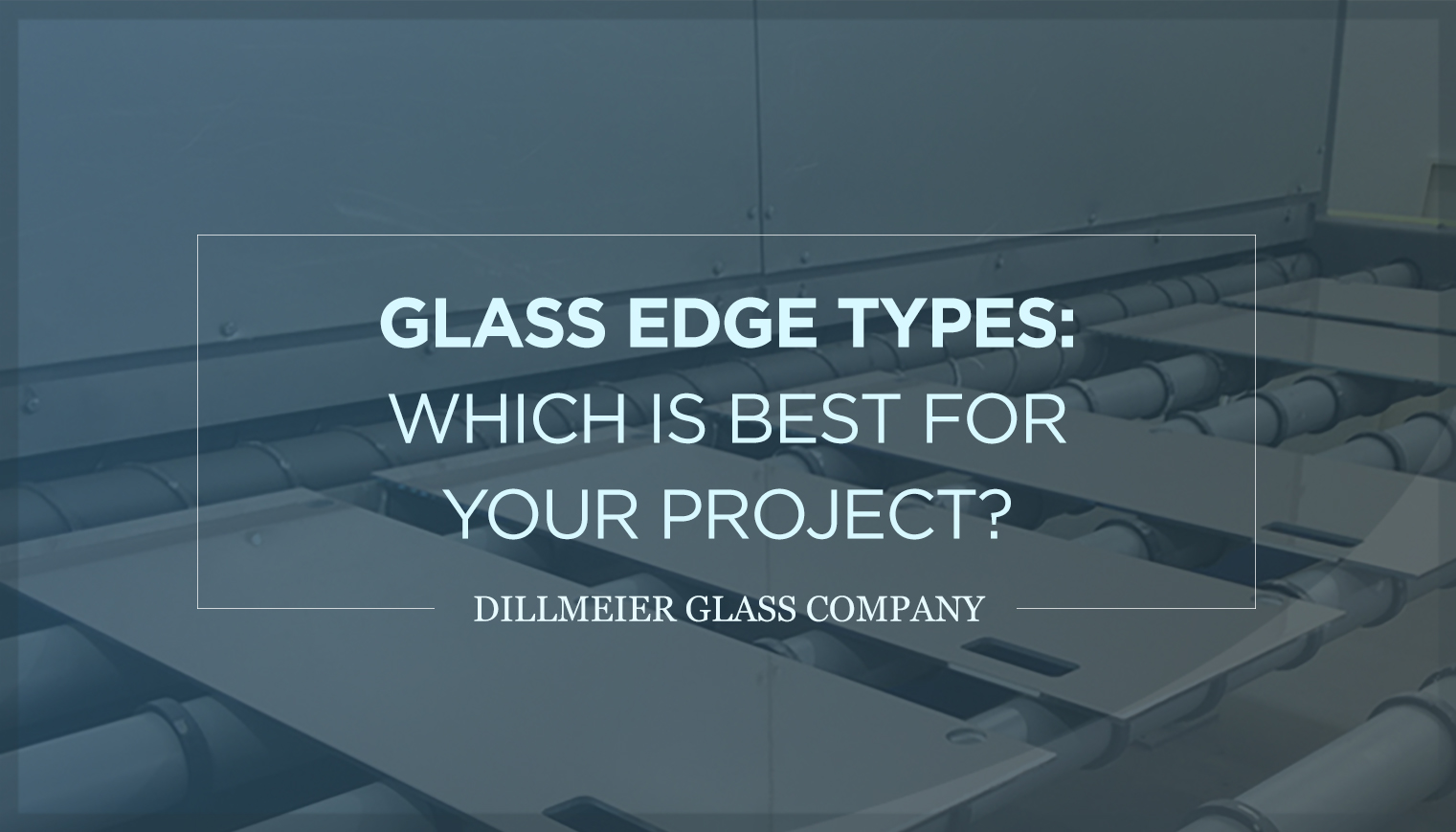Tempered vs. Annealed Glass: A Comparison

 When it comes to a customized project design, tempered glass is a popular choice. It undergoes a specialized heating treatment that enhances durability and overall strength. Annealing, a cooling procedure for clear float glass, facilitates cutting, drilling, and fabrication prior to tempering.
When it comes to a customized project design, tempered glass is a popular choice. It undergoes a specialized heating treatment that enhances durability and overall strength. Annealing, a cooling procedure for clear float glass, facilitates cutting, drilling, and fabrication prior to tempering.
Due to its durable, shatter-resistant properties, tempered glass is utilized for projects with stringent safety requirements. These include office partitions, dividers, and sneeze guards; hotel shower enclosures and doors; retail display cases; sports arenas; and railings.
Lower internal stresses make annealed glass suitable for all fabrication prior to tempering. It's also a common component in most laminated glass.
Deciding which is best for your project is dictated by safety requirements, design elements, and other factors.
This useful explainer details each glass type’s fabrication process, safety parameters, pros and cons, uses, and more.
Tempered Glass
Tempering is achieved by a skilled fabricator, such as Dillmeier Glass Company, who ensures all safety glass requirements are met per the nonprofit National Glass Association.
Also known as toughened glass, tempering comprises five steps to heat and quick-cool glass for rapid hardening. Air-quenching occurs in a tempering furnace for additional durability prior to the surface undergoing final chemical treatment.
It’s paramount that glass is tempered if it will be used in high-traffic areas such as retail stores, academic institutions, fitness centers, and corporate offices.
While no solution is ever 100 percent free from breakage, tempered glass will shatter into small, pebble-like pieces, rather than sharp, jagged edges. It can also be used within large commercial buildings or areas frequently experiencing severe weather conditions.
Dillmeier Glass is also a Safety Glazing Certification Council (SGCC)-certified tempering company, conducting hourly testing during production and ensuring high-quality standards are consistently upheld.
Here’s a helpful breakdown of the advantages and disadvantages of tempered glass:
Tempering is achieved by a skilled fabricator, such as Dillmeier Glass Company, who ensures all safety glass requirements are met per the nonprofit National Glass Association.
PROS
-
Strength & Durability
-
Versatility
-
Clarity
-
Doesn’t Break Under Pressure
-
Shatters Into Small, Pebble-Like Pieces
-
Saves Money Over Time
CONS
-
Can’t Be Altered After Tempering
-
Weak Edges if Not Properly Fabricated
-
Can’t Be Repaired
-
Bow & Warp Distortion Can Occur
Applications
As aforementioned, tempered glass is appropriate for high-traffic, safety-driven interior uses such as office partitions, dividers, and sneeze guards; hotel shower enclosures and doors; retail display cases; sports arenas; and railings.
Office Partitions, Dividers & Sneeze Guards
With health and safety measures in place due to the novel coronavirus (COVID-19), glass shields have transitioned from buffets and self-service dining establishments to personal protective equipment (PPE) within retail, corporate offices, personal care retailers, and grocery stores.
Retail Displays
Specialized UV bonding thwarts smash-and-grab attacks, and accidental breakage. Consider Dillmeier Glass Company’s low-iron tempered glass products for added clarity.
Hotel Shower Enclosures & Doors
This material’s safety elements are ideal for commercial bathroom showers and doors. Its durability and strength provide added protection against dangerous breakage, and injury during slips and falls. It can also withstand heightened heat and humid temperatures.
Sports Arenas
Tempered glass withstands forceful blows common within hockey arenas, racquetball courts, and other activities requiring extra protection.
Railings
This material’s strength and durability effectively combats daily wear and tear.
Annealed Glass
The anneal process entails cooling at a skilled fabricator's float glass plant. Unlike tempering, annealing does not include heating.
Also referred to as non-tempered or float glass, annealed glass is slowly cooled to room temperature. Specialized equipment strengthens the untreated glass and decreases internal stresses, making it four or five times weaker than tempered glass.
Acid-Etching
Annealed glass can be acid-etched for a decorative appearance. Often used as a sand-blasting alternative, this creates smooth, strong, durable, and easy to clean surfaces.
Acid-etching is often followed by tempering due to its additional strength for office partitions, doors, and walls; retail display cases; and glass railings.
Applications
Regardless of thickness, annealed glass won't bow, wave, or warp, and maintains its flatness and clarity—perfect for laminating.
Laminated Glass
This achieves required safeguards for most applications. If the glass were to break, its laminated interlayer holds broken pieces in place.
Laminated annealed glass can also be utilized where float glass alone won't suffice. These include frameless glass doors and railings, skylights, and balconies. Its propensity for natural light and soundproofing make it ideal for hotel or office settings.
Mirrors
All mirrors, such as decorative and acid-etched, are achieved through silvering annealed glass. Due to the visual distortion inherent in the tempering process, it remains annealed, and usually requires safety backing.
Here’s a helpful breakdown of the advantages and disadvantages of annealed glass:
Annealed glass can be
acid-etched for a decorative appearance. Often used as a sand-blasting alternative, this creates smooth, strong, durable, and easy to clean surfaces.
PROS
-
Ability to Cut, Drill & Polish
-
Flexibility
-
Can Be Repurposed for Other Projects
-
Free from Bow, Wave or Warp Distortion that Originates During the Tempering Process
CONS
-
Breakage Occurs in Dangerous, Jagged Edges
-
Not Appropriate for High-Traffic Areas
-
Lacks Versatility & Durability
-
Will Not Meet Required Safety Codes Unless Laminated
Experience & Knowledge
Tempered glass is widely used for the aforementioned reasons. When mapping out your project, it’s critical to enlist an experienced fabricator with specialized knowledge, equipment, and processes.
Contact us to learn more about tempered or annealed glass for your custom project.


